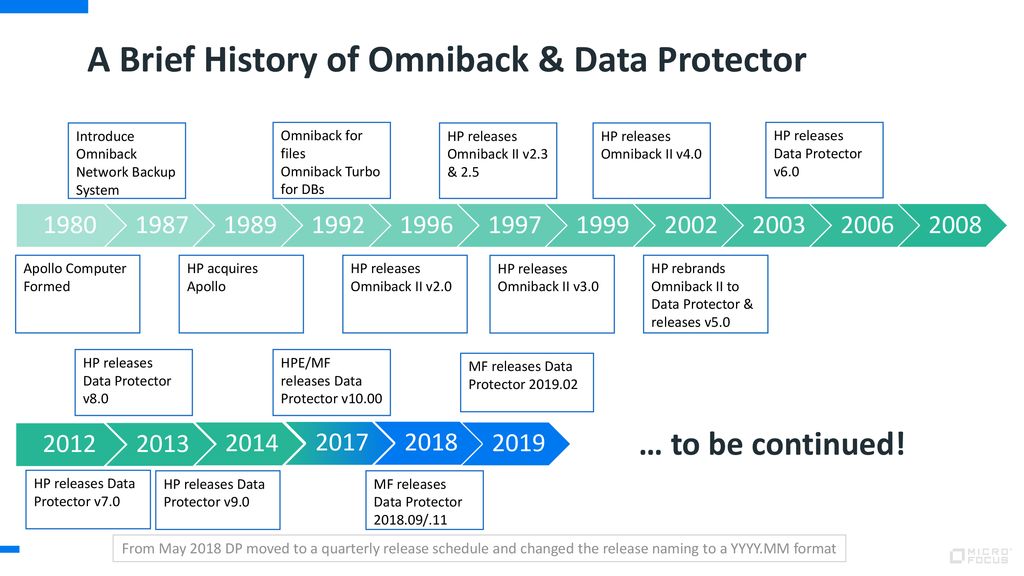
It also works with Developer Edition, but of course, this is just for testing and development purposes. I like to call it an expensive feature as it requires Enterprise Editions. Transparent Data Encryption Eligible SQL Server Editionsįirst we must determine the correct version of SQL Server that allows Transparent Data Encryption. If you’re a DBA there is a very strong chance that you are in charge of securing some very sensitive information. (For more information regarding this please see this link) If there is a requirement to encrypt data across the network an SSL connection must be implemented on the clients.

However, this does not encrypt the data “across the wire” so to speak. What good is an encrypted database if the data placed in TempDB isn’t encrypted? You shouldn’t notice much of a difference in how Transparent Data Encryption operates, but this is good to know and often overlooked. Since the tempdb is used by all user databases (processing/storing temporary objects). In the event that a backup of the database gets lost or stolen, the culprit will not be able to restore the database without the appropriate certificate, keys and passwords.Īlso, the TempDB database will be automatically encrypted. This is essentially real time I/O encryption and decryption and does not increase the size of said database.Īlso note, that as a result of Transparent Data Encryption, database backups will also be encrypted. This inhibits limitations from querying the data in an encrypted database. It does this by using either Advanced Encryption Standard (AES), or Triple DES, encrypting the file pages and then decrypted as the information goes into memory. This technology was designed to have the entire encryption process be completely transparent to the applications accessing the database. *This is a quick overview a more detailed hierarchy will appear later in the article. Transparent Data Encryption Encrypts SQL Server, Azure SQL Databases, and Azure SQL Data Warehouse data files.

Its main purpose was to protect data by encrypting the physical files, both the data (mdf) and log (ldf) files (as opposed to the actual data stored within the database). Transparent Data Encryption (TDE) was introduced in SQL Server 2008.


 0 kommentar(er)
0 kommentar(er)
